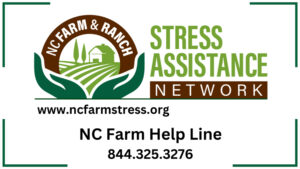
Farmer and Rural Mental Health Resources
In the aftermath of Hurricane Helene, which wrought devastation across Western North Carolina already estimated in the tens of …



El inglés es el idioma de control de esta página. En la medida en que haya algún conflicto entre la traducción al inglés y la traducción, el inglés prevalece.
Al hacer clic en el enlace de traducción se activa un servicio de traducción gratuito para convertir la página al español. Al igual que con cualquier traducción por Internet, la conversión no es sensible al contexto y puede que no traduzca el texto en su significado original. NC State Extension no garantiza la exactitud del texto traducido. Por favor, tenga en cuenta que algunas aplicaciones y/o servicios pueden no funcionar como se espera cuando se traducen.
Inglês é o idioma de controle desta página. Na medida que haja algum conflito entre o texto original em Inglês e a tradução, o Inglês prevalece.
Ao clicar no link de tradução, um serviço gratuito de tradução será ativado para converter a página para o Português. Como em qualquer tradução pela internet, a conversão não é sensivel ao contexto e pode não ocorrer a tradução para o significado orginal. O serviço de Extensão da Carolina do Norte (NC State Extension) não garante a exatidão do texto traduzido. Por favor, observe que algumas funções ou serviços podem não funcionar como esperado após a tradução.
English is the controlling language of this page. To the extent there is any conflict between the English text and the translation, English controls.
Clicking on the translation link activates a free translation service to convert the page to Spanish. As with any Internet translation, the conversion is not context-sensitive and may not translate the text to its original meaning. NC State Extension does not guarantee the accuracy of the translated text. Please note that some applications and/or services may not function as expected when translated.
Collapse ▲
In the aftermath of Hurricane Helene, which wrought devastation across Western North Carolina already estimated in the tens of …

Hurricanes can cause significant damage to forest and timber land through wind and flooding. The first priority is to …

Bt corn growers are required to plant 20% of their total corn acres to non-Bt corn for resistance management. …
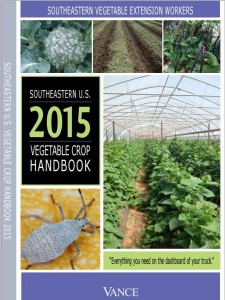
Everything you need to know to successfully grow vegetables in the Southeast including: varieties, planting dates, fertilizer recommendations, cover …
Damage from Fungal Infections and Ear Rot Drought can significantly impact corn production in several ways. Early-season drought can cause …
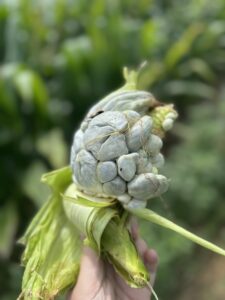
While we are seeing more rain, the drought has turned green corn plants into various shades of yellow and …
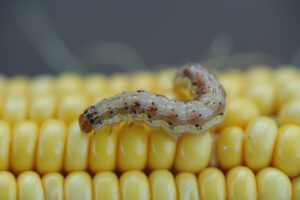
As I mentioned in a soybean article, corn earworms are early this year, populations are high, and moths are flying. …

Sometimes the things we fear most happen. For a corn farmer the thing they fear most is a prolonged …

The Chatham County Center of North Carolina Cooperative Extension conducted a webinar on Using REAP Grants to Fund Energy Improvements On …
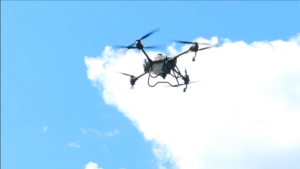
Interest in the use of unmanned aerial vehicles (UAVs), or drones as they are more commonly known, for pesticide …
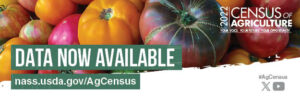
Once every five years, the USDA conducts a comprehensive census for agriculture. Those data are analyzed and then released …
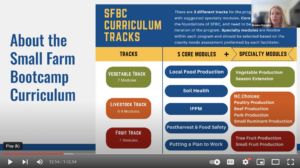
Below is a recording of the Small Farm Bootcamp Webinar which was presented on April 2nd, 2024. The Small …
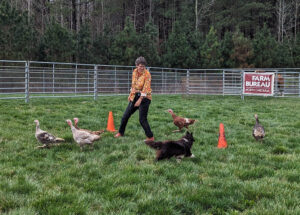
The Chatham County Spring Ag Fest on March 23, 2024, was a success with a great crowd in attendance in spite …
The 2023 North Carolina Corn Yield Contest Results are now available. See the results under the Corn Yield Contest …

Thanks to the generous support of the Corn Growers Association of North Carolina, and the USDA CCPM program, we have …

I’ve written previously about why North Carolina corn growers should feel comfortable planting non-Bt refuge corn, but the performance of non-Bt …
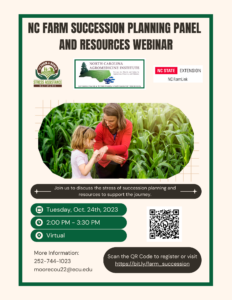
NC FarmLink and the NC Agromedicine Institute are facilitating a webinar on Tuesday, October 24th from 2:00-3:30 p.m. to …
Though impossible to measure the incidence of neighbor complaints against farmers, North Carolina public policy …
This publication describes the major systems used in farm equipment and outlines basic maintenance procedures …
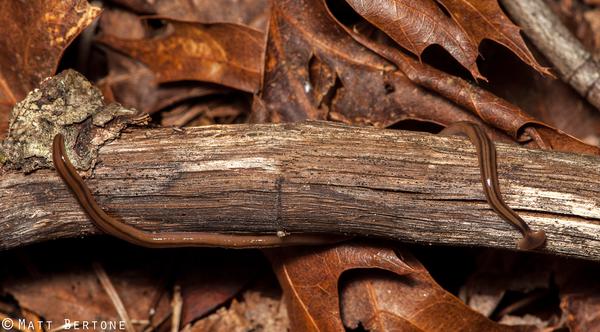
This factsheet offers information on the identification and management of various flatworms that may be …

This guide presents basic facts about seeds, including how they develop, how to store and …

This publication provides information to growers about soybean production in North Carolina. It discusses economic …

This publication discusses the factors involved in managing water requirements for soybeans. It addresses growth …

Growing Chardonnay grapes, the number one vinifera variety grown in North Carolina, can be a …
Effective frost protection methods exist, however, each year, a portion of the state's fruit and …